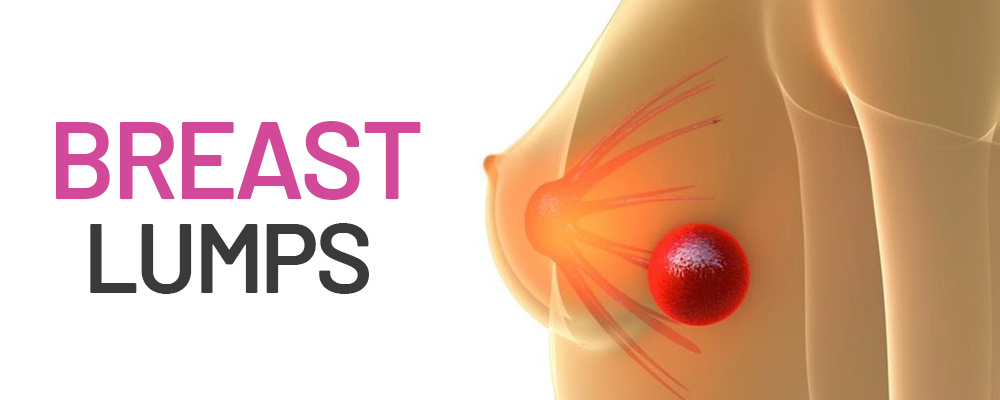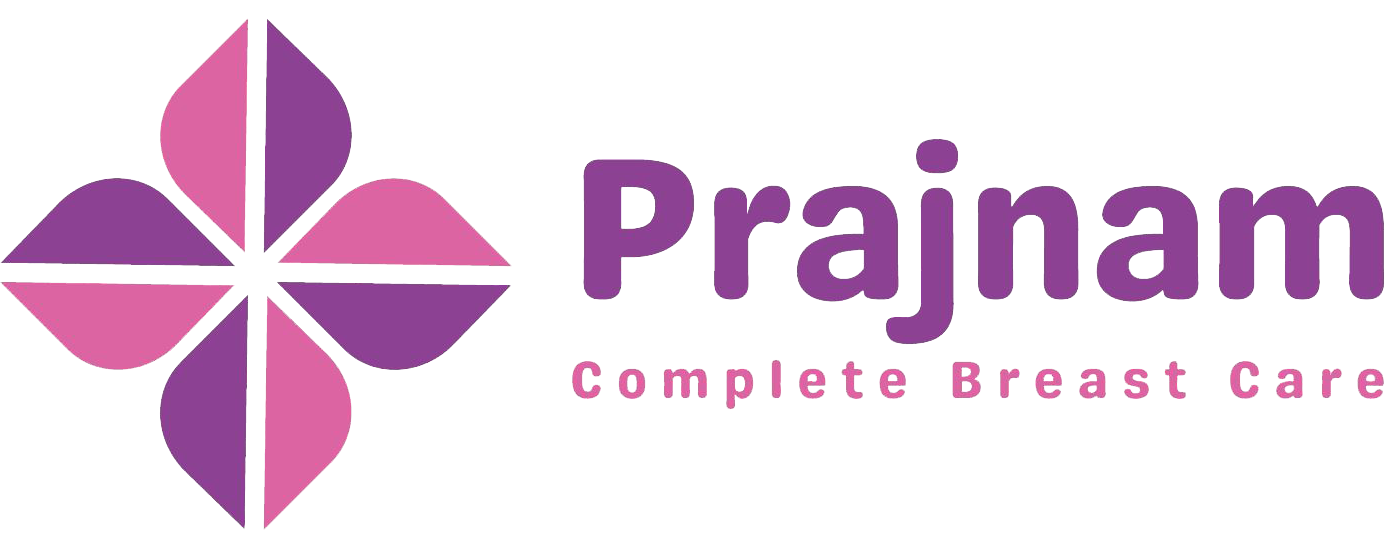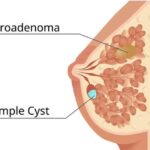
Finding a lump in the breast can be a concerning experience, but not all breast lumps are cancerous. Many lumps are benign and caused by hormonal changes, cysts, or fibrous tissue growth. However, understanding the type of lump, its causes, and when to seek medical attention is essential for early diagnosis and peace of mind.
Symptoms of Breast Lumps
- A distinct lump or thickened area in the breast or underarm
- Pain or tenderness in the lump (though most cancerous lumps are painless)
- Changes in breast size or shape
- Skin dimpling or puckering over the lump
- Nipple discharge or inversion in some cases
Common Causes of Breast Lumps
- Fibrocystic Breast Changes
- Hormonal fluctuations can cause the breast tissue to become lumpy or rope-like.
- These lumps often feel tender before menstruation and subside afterward.
- Breast Cysts
- Fluid-filled sacs that can develop in the breast tissue.
- They are usually smooth, round, and movable and may cause pain.
- Fibroadenomas
- Non-cancerous solid breast tumors that feel firm, rubbery, and easily movable.
- Common in younger women and often painless.
- 4. Infections (Mastitis or Abscesses)
- In breastfeeding women, blocked milk ducts can lead to painful lumps with redness and warmth.
- Abscesses (pus-filled infections) can also form in non-breastfeeding individuals.
- 5. Breast Cancer
- A hard, irregular lump that is often painless and does not move easily within the breast tissue.
- Other signs may include skin changes, nipple discharge, or persistent breast pain.
Diagnosis of Breast Lumps
If you find a lump, a doctor may recommend:
- Physical Examination: To assess the size, texture, and mobility of the lump.
- Mammogram: X-ray imaging to check for abnormalities.
- Breast Ultrasound: To distinguish between a solid mass and a fluid-filled cyst.
- Fine Needle Aspiration (FNA): Using a thin needle to extract fluid or cells from the lump.
- Biopsy: A small tissue sample is taken for further analysis to rule out cancer.
Treatment Options for Breast Lumps
- Monitoring for Benign Lumps
- If the lump is a cyst or fibroadenoma, the doctor may recommend observation without immediate treatment.
- Fluid Drainage for Cysts
- If a cyst causes discomfort, it can be drained using a fine needle.
- Medication for Infections
- Antibiotics for mastitis or abscesses.
- Pain relief medications if needed.
- 4. Surgery (for Specific Cases)
- Fibroadenomas or persistent cysts may be removed surgically if they grow or cause discomfort.
- If the lump is cancerous, treatment may include surgery, radiation, chemotherapy, or targeted therapy.
When to See a Doctor
Seek medical attention if:
- The lump is hard, irregular, and does not move easily.
- There is skin dimpling, nipple inversion, or persistent pain.
- There is nipple discharge, especially if bloody.
- The lump does not change in size or disappears after your menstrual cycle.
Conclusion
Most breast lumps are benign, but early evaluation is key to ruling out serious conditions like breast cancer. Regular self-examinations and screenings can help detect changes early.
At Prajnam Breast Care Centre, we are dedicated to providing comprehensive breast health solutions. Our goal is to ensure that no woman suffers due to late-stage diagnosis or delayed therapy. If you notice any unusual changes in your breast, consult our specialists for timely screening and expert care.
Treatments
EXCELLENTTrustindex verifies that the original source of the review is Google. Dr. Suchana is absolutely a pleasing personality and doesn't get you tense. I am glad I came to her. Besides, she doesn't run like a business and follows ethical conduct.Posted onTrustindex verifies that the original source of the review is Google. Highly recommend.Posted onTrustindex verifies that the original source of the review is Google. Dr. Suchana was great. We were late beyond 7 pm but they were so nice they waited for us and also my wife had done with all her test. Dr also gave ample time explaining us and we were at peace. I recommend Prajam.Posted onTrustindex verifies that the original source of the review is Google. The process is very humane. They are very patient and take care of all possibilities. I am glad that I found this clinic.Posted onTrustindex verifies that the original source of the review is Google. Very good experience with Dr.Suchna , she is highly knowledgeable and answers all the questions very patiently. Highly recommended for those who are looking for Breast related hospitalPosted onTrustindex verifies that the original source of the review is Google. Amazing Doctor. If you are in Prajnam (Doc Suchana) you are in safe hand.Posted onTrustindex verifies that the original source of the review is Google. Well explained and the whole Ultrasound procedure was very comfortable

